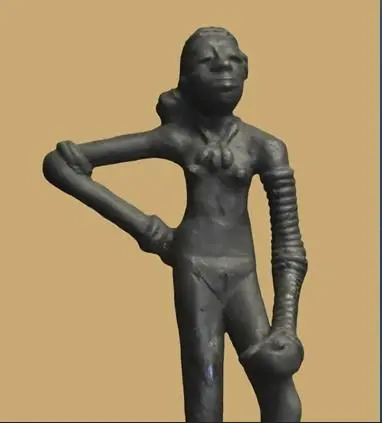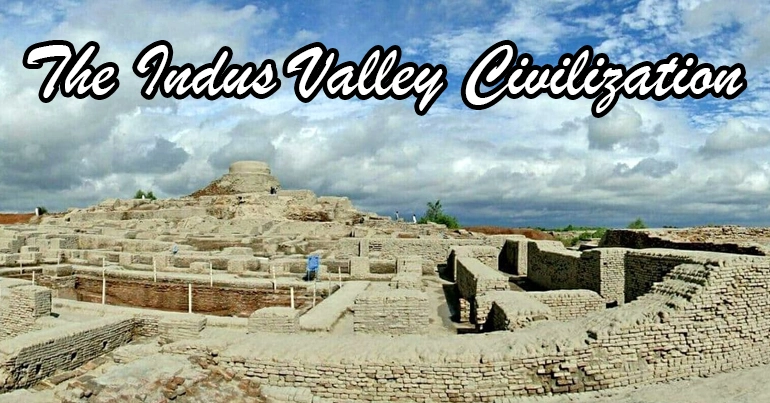Introduction:
The Indus Valley Civilization, one of the world’s earliest urban civilizations, is shrouded in mystery, with its beginnings dating back to around 3300 BCE and its eventual decline around 1300 BCE. This article delves into the fascinating aspects of the civilization, including their lifestyle, attire, daily activities, and remarkable inventions.
Indus Valley Civilization Origins and Extent:
The Indus Valley Civilization, known as the Harappan Civilization, emerged in modern-day Pakistan and northwest India. It encompassed a vast region from the Himalayan foothills to the Arabian Sea. Its major cities, including Harappa and Mohenjo-Daro, were trade, culture, and administration centers.
Indus Valley Civilization Lifestyle and Housing:
The people of the Indus Valley Civilization lived in well-planned cities with advanced drainage systems, indicative of their sophistication. Their houses were typically made of baked bricks and had several rooms, providing ample space for daily life. The well-organized streets and buildings hinted at a structured urban lifestyle.
Indus Valley Civilization Attire:
The attire of the Indus Valley people was simple and functional. Men and women wore cotton and woolen garments with typical draped shawls and robes. Jewelry, made of various materials such as gold, silver, and semi-precious stones, was also an essential part of their attire, reflecting a keen sense of fashion.

Daily Activities:
The Indus Valley people engaged in diverse activities, such as agriculture, trade, and craft production. Agriculture, primarily wheat and barley cultivation formed the backbone of their economy. Artisans created intricate pottery, jewelry, and sculptures, showcasing their artistic skills. The civilization was also a hub for trade, with goods like beads, shells, and precious metals being exchanged locally and with other ancient cultures.
Social Structure and Recreation:
The society was likely hierarchically, with an elite class overseeing governance and trade. In their leisure time, the Indus Valley people engaged in various forms of recreation, as evident from artifacts such as dice, suggesting that board games were a common pastime.
Inventions and Achievements:
The Indus Valley Civilization was marked by numerous remarkable inventions, some of which were ahead of their time. They developed a writing system, yet to be fully deciphered, which was likely used for administrative purposes. Their cities boasted advanced drainage and sewage systems, emphasizing the importance of sanitation. Additionally, their accurate weights and measures system facilitated trade.
In conclusion, although enigmatic in many aspects, the Indus Valley Civilization left behind a legacy of urban planning, artistic expression, and technological innovation. Their well-organized cities and sophisticated inventions continue to captivate the imagination of historians and archaeologists, shedding light on the remarkable achievements of one of the world’s oldest civilizations.















Leave a Reply